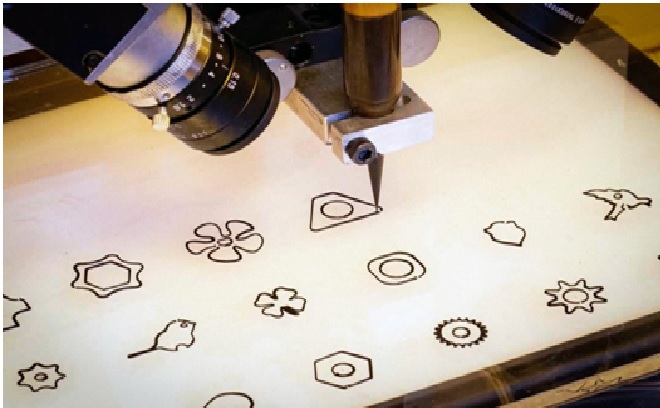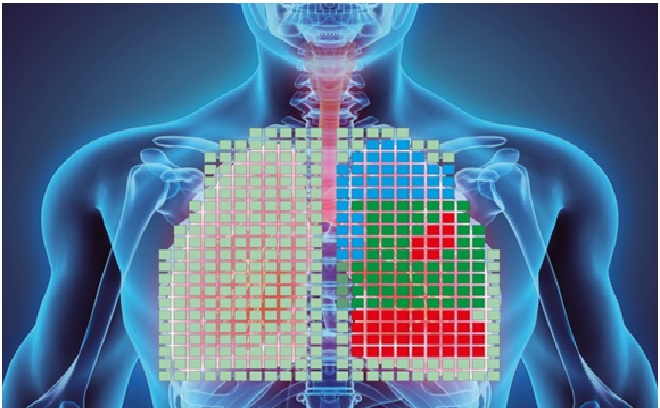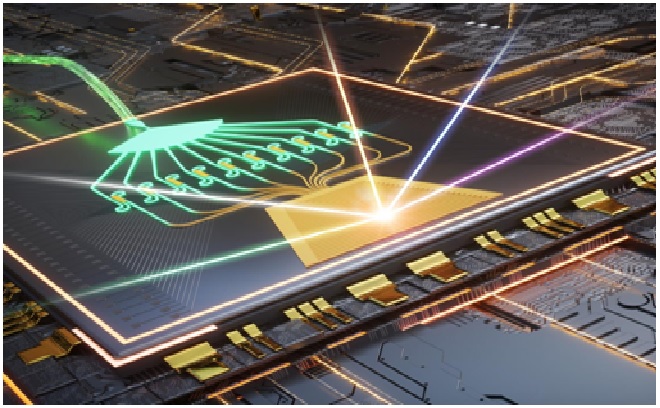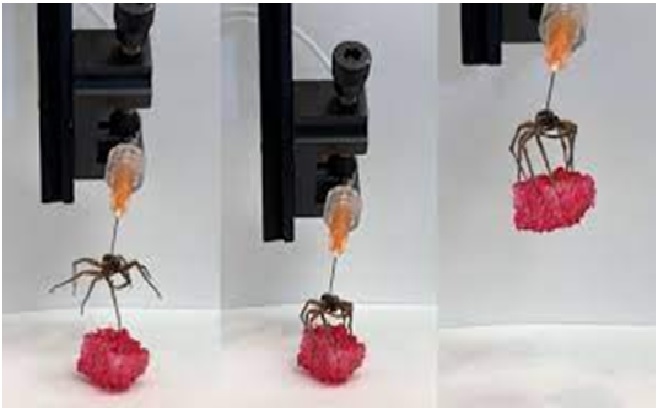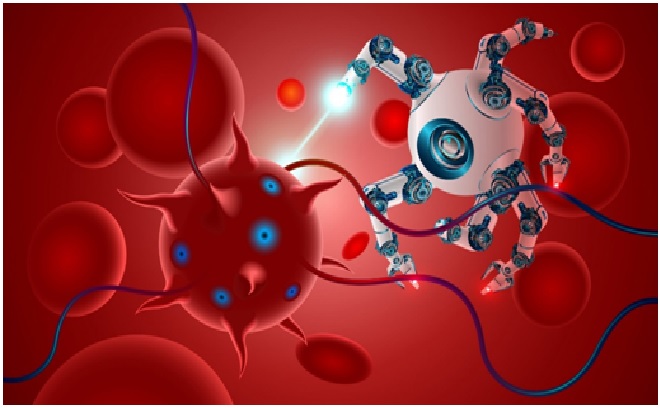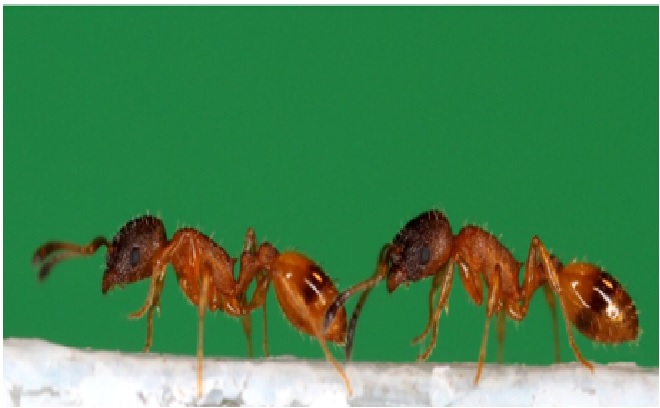New Aquatic Artificial Vision System Inspired by Crabs
Researchers at the Institute for Basic Science (IBS), Seoul National University, Gwangju Institute of Science, Massachussets Institute of Technology (MIT) and Technology and the University of Texas at Austin have recently created a new vision system inspired by crabs, which can work both on the ground and in water.

Figure 1: A new vision system inspired by crabs.
Figure 1 shows that it allows robots to gain a panoramic 360° view of their surroundings, so that they can detect obstacles and navigate environments more effectively. [1]
“Earlier works (together with our group’s analysis) on large area of view (FoV) cameras have been all the time at fewer than 180°, which isn’t sufficient for the ‘full’ panoramic imaginative and prescient, and so they weren’t appropriate for altering exterior environments,” Younger Min Tunesaid.
The factitious imaginative and prescient system developed by this group of researchers attracts inspiration from the eyes of fiddler crabs. This distinctive species, often known as calling crabs, can acquire a full panoramic view of their environment without having to maneuver their eyes and physique. To artificially reproduce the fiddler crab’s eyes, Min and his colleagues used a flat digital camera lens.
To create their refined imaginative and prescient system, the researchers built-in an array of flat micro lenses with a graded refractive index and an array of versatile comb-shaped silicon photodiodes on a spherical construction. The micro lenses they used can retain their focal size regardless of modifications within the exterior refractive index between air and water. [2]
Music stated, “our imaginative and prescient system may pave the best way for 360° omnidirectional cameras with an all-weather imaginative and prescient for purposes in digital or augmented actuality or autonomous autos.”
Music and his colleagues examined their system in a collection of optical simulations and imaging demonstrations, bearing in mind the properties of each land and water environments. To date, they’ve discovered that it has achieved very promising outcomes, so it will probably quickly be examined and utilized to many various hybrid and emergent robots.
“In our subsequent research we’ll conduct additional engineering to attain greater decision and higher imaging efficiency,” Geet added. “Moreover, we’re nonetheless focused on growing a brand-new sort of digital camera with distinctive imaging properties impressed by the eyes of different animals.” [3]
References:
- https://techxplore.com/news/2022-08-crab-inspired-artificial-vision-terrestrial-aquatic.html
- https://dailyinformat.com/2022/08/02/a-crab-inspired-artificial-vision-system-for-both-terrestrial-and-aquatic-environments/
- https://mgtsfrm.com/a-crab-inspired-artificial-vision-system-for-both-terrestrial-and-aquatic-environments/
Cite this article:
Sri Vasagi K (2022), New Aquatic Artificial Vision System Inspired by Crabs, AnaTechMaz, pp.151



